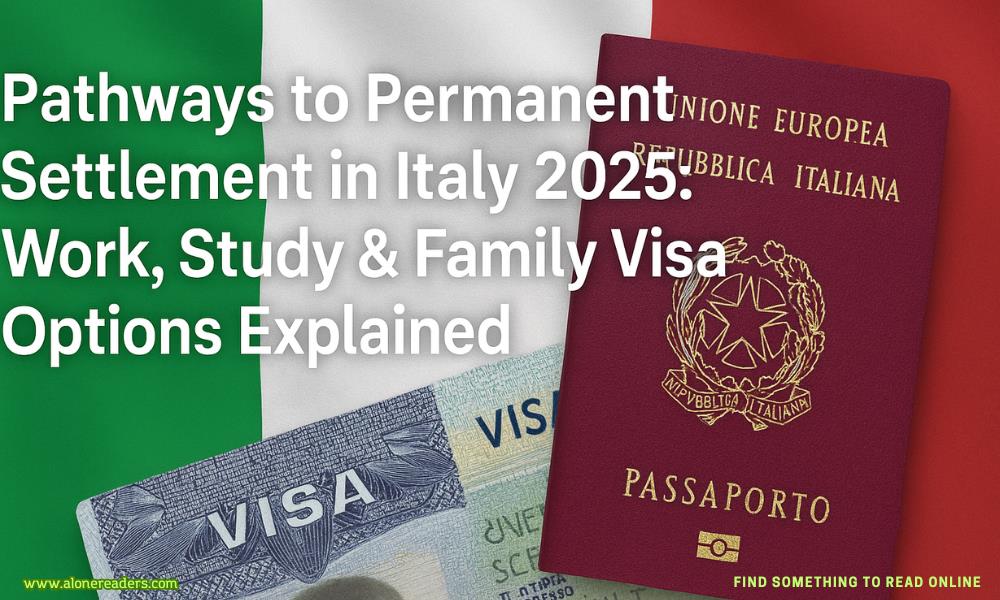
Italy’s strategic location in Europe, rich cultural history, favorable climate, and access to the Schengen zone continue to make it one of the most appealing countries for migrants seeking permanent residency. In 2025, Italy offers clear and structured pathways to permanent settlement (permesso di soggiorno di lungo periodo) through three primary routes: employment, education, and family reunification. Each pathway has specific requirements, timelines, and steps that migrants must follow to become eligible for long-term residence and, eventually, Italian citizenship. This guide explores these routes in-depth, offering practical and legal insight into each option.
Types of Work Visas in Italy (2025)
In 2025, the primary work-based entry visas that lead to permanent settlement include:
Eligibility for Work Visas
To apply for a work visa in Italy:
From Work Visa to Permanent Residency
Key Tip: If you lose your job, Italy allows a grace period of 6–12 months to find new employment without voiding your residence permit.
Italian Study Visa Overview
A Study Visa (Visto per Studio) allows non-EU students to pursue:
Limitations of Study Visas
Transitioning from Study to Work Visa
Path to Permanent Residency After Conversion
Important Note: Internships (tirocini) can be a strategic gateway to employment and should be prioritized in the final stages of study.
Family Reunification Visa (Ricongiungimento Familiare)
This visa allows non-EU nationals residing in Italy with valid residence permits to bring close family members to Italy. Eligible relatives include:
Requirements for Family Reunification
The sponsor must have:
Residence Permit for Family Members
Permanent Residency for Family Members
After 5 years of continuous residence, family members may apply for a long-term residence permit, provided they meet:
Children Born in Italy
To apply for the EU long-term residence permit (soggiornanti di lungo periodo) in 2025, regardless of your initial visa route, you must satisfy the following:
Eligibility Conditions
Required Documents
Application Process
Once you have held long-term EU resident status for at least 5 years, you can apply for Italian citizenship by naturalization if:
Fast-Track Citizenship Options
Final Thoughts: Choosing the Right Path
Each route—work, study, or family—can eventually lead to permanent settlement in Italy, but the journey depends on compliance, timely transitions, and proactive steps like securing employment, completing integrations, and maintaining legal residence. In 2025, Italian immigration law continues to emphasize integration, language proficiency, and lawful employment as pillars of long-term migration success.
If you’re planning to settle in Italy, start early by selecting a visa that aligns with your long-term goals and stay informed about yearly policy changes such as updates to Decreto Flussi, minimum income thresholds, and integration requirements.
Let your pathway to “soggiorno di lungo periodo” begin with the right choices today.